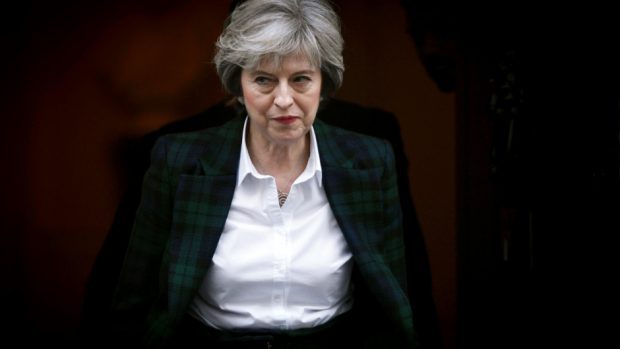A hung parliament raises the prospect of a minority Tory administration or a coalition government – just days before the Brexit negotiations are due to start.
It could also spell the end of Prime Minister Theresa May, with her snap election gamble – and her reputation – left in tatters.
Much of what would unfold over the next few days will depend on the final numbers.
Throughout the campaign, Mrs May compared the “strong and stable” leadership she could bring to a “coalition of chaos” under Labour’s Jeremy Corbyn.
The Conservatives sought to whip up fear of a pact between Labour and the SNP at Westminster with the latter’s support obtained in exchange for a guarantee of another referendum.
Nicola Sturgeon has previously indicated she would look to be part of a “progressive alliance that pursued progressive policies”.
On more than one occasion Mr Corbyn appeared to suggest he too was not opposed to the idea.
But Kezia Dugdale and party spokesmen repeatedly insisted there would be no deal with the SNP, and the Nationalists could emerge from the election significantly weakened.
In a hung parliament, the incumbent prime minister stays in office – and lives in Downing Street – until it is decided who will attempt to form a new government.
According to the Cabinet Manual, she would be entitled to try and form a government first.
But if it emerged that there was a viable alternative and the prime minister was unable to command the confidence of the Commons, she would be expected to step down.
An alliance between the Conservatives and the Liberal Democrats was an obvious solution the last time there was a hung parliament in 2010, but the maths may be less straightforward this time.
The Conservatives may be able to rely on the support of the Democratic Unionist Party, which had eight MPs in the last parliament.
But the Lib Dems have ruled out any power-sharing agreement after their bruising experience last time.
Little is certain, but few of the options potentially on the table would deliver anyone’s definition of “strong and stable”.
